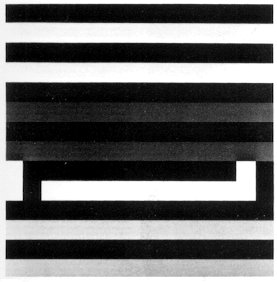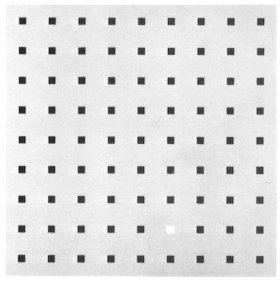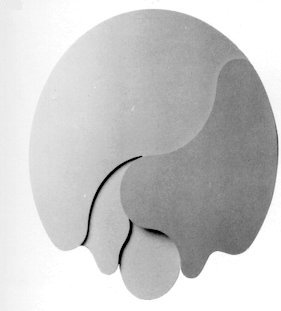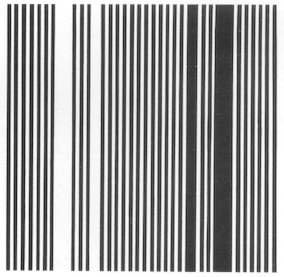|
(6) Unsymmetry The antonym of symmetry is unsymmetry. The French word asymétrie and the English unsymmetry are words for non-symmetry. However, the word is frequently used when shapes are almost symmetry though they are not perfectly symmetrical or when a symmetry is only partly broken. In a word, the word is used in the case when a "broken symmetry" is introduced into a well ordered overall structure even though it is small. Excluding the case when the "broken symmetry" occupy a major part, if the "broken symmetry" modestly small, the symmetry as a whole is preserved. Therefore, the unsymmetry will be briefly introduced as a metamorphosis of symmetry or a new symmetry in the last part of the chapter on symmetry. There is a part where sticks with bent tips are drawn in the position around 2/3 from the top in Figure 296. The colors and shapes of this part produce a change within the nearly symmetrical structure. A points was drawn in a different color in Figure 298. It was placed apart from the symmetry axes. In Figure 299, although the shapes are symmetrical, a strong contrast in brightness creates color changes. Then, why is such "broken symmetry" created? It is
probably because needs for variations on a screen were felt in each case.
The symmetry is straight forward since it has a structure to be divided.
It also has a noble ordered structure. It sometimes gives us a sense of
perfection. However, it is not always best in arts and designs.
|



